Star Wars is an absolutely sprawling franchise. With over 12 movies, nine shows, and over 100 games starring an assortment of humanoid aliens, it seems reasonable to assume that there’s a character for each and every one of us to relate to ⏤ or so one might think.
While being an absolute behemoth, the franchise hasn’t really made an effort to reach out to the LGBTQIA+ community in a meaningful way. While Disney has made strides toward inclusion with its other properties like Marvel, wherein characters like the Eternals‘ Phastos (Brian Tyree Henry) is shown with his husband, or She-Hulk’s Nikki Ramos (Ginger Gonzaga) is a casual lesbian queen, the Star Wars properties have just a sprinkle of representation scattered throughout.
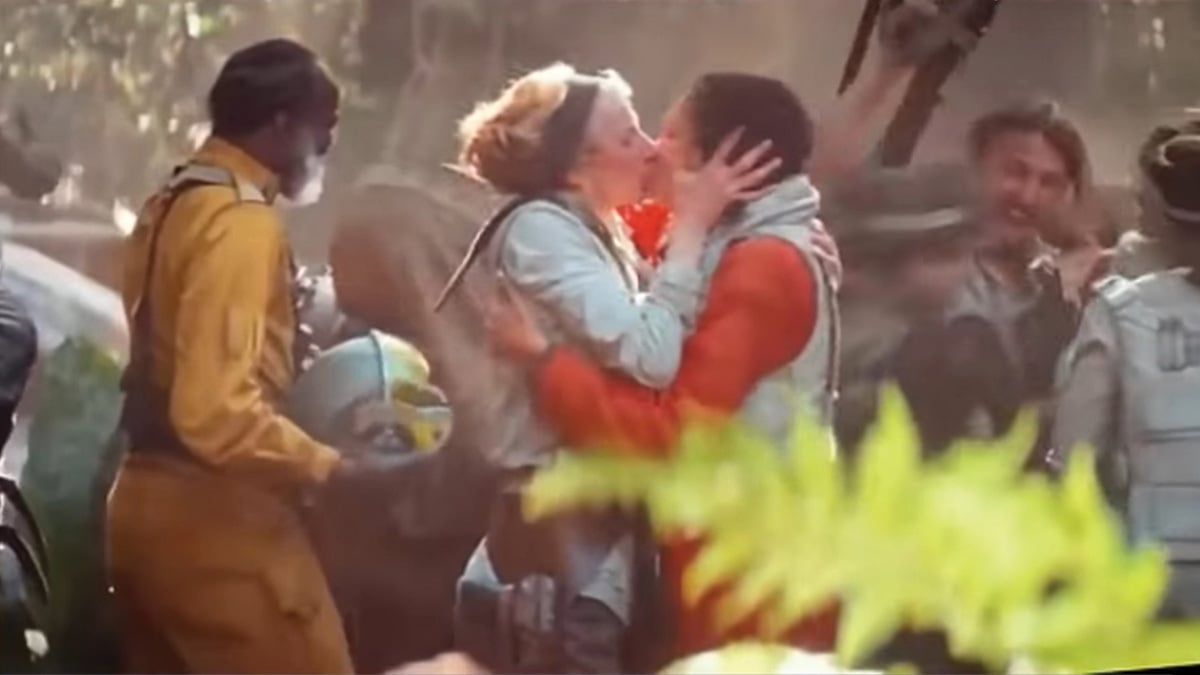
Don’t get me wrong, Disney is putting in some effort. The Rise of Skywalker features a now-infamous kiss between two rebel women. The producers behind the animated series Star Wars Resistance have confirmed that alien shopkeepers Flix and Orka are in a long-term relationship (even though it never appears on screen). Where the big and small screens have failed, comic book writers and artists have grabbed the mantle. The best representation in the Star Wars galaxy currently lies on the pages of The Aftermath series by Chuck Wendig. Even with such dedicated pushes for inclusion with characters like Dr. Chelli Lona Aphra and Sinjir Rath Velus, there are very few off-the-page appearances from some of the most intriguing and well-written characters.
Part of the problem comes from lazy writing. It’s easier to show gayness through a kiss or some other platitude of affection, and much harder to make a believable character that just so happens to be attracted to someone other than those of the opposite sex. Profit also marginalizes these communities even more. While J.J. Abrams and others promoted the first gay couple widely before Rise of Skywalker was released and talked about the importance of representation, Disney chose to cut the scene in countries where LGBTQIA+ acceptance is nonexistent.
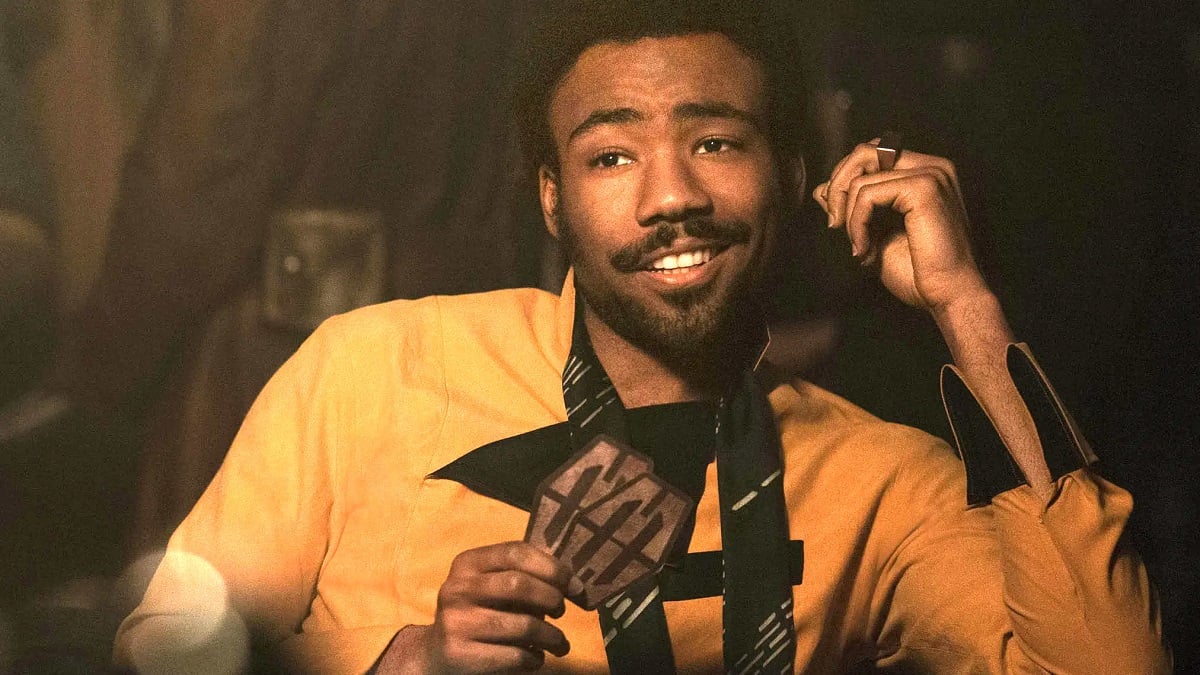
The kiss wasn’t the only time Disney teased an “othered sexuality type” in Star Wars. Lando Calrissian (Donald Glover) was declared pansexual during press releases for Solo: A Star Wars Story. The actual film never depicts any romantic inclinations from the iconic character, though he is incredibly flirty. While co-writer Jonathan Kasdan claims a “fluidity” in the portrayals both Donald Glover and Billy Dee Williams delivered and specifically states the character as pansexual, there is little of that sentiment brought to the screen. Even Obi-Wan Kenobi has been lightly tapped as bisexual, with inclusion in the book Padawan that led fans to debate whether the beloved Jedi was bisexual or asexual. It was just vague enough to light a fire of excitement ⏤ even though the character has long been in love with Duchess Satine Kryze of Mandalore ⏤ and explored his sexuality no further.
Fans were excited for Andor, and while the series was a smash hit and broke many of the rules Star Wars TV shows had built, it remained steadfast in the Disney tradition of talking about gay representation, but doing little to actually show it. Throughout Andor’s run, the romance between Vel Sartha and Cinta Kaz is teased through hand touches, secret sharing, and prolonged eye contact. While the two women do speak of their devotion to one another and Disney did confirm the two were girlfriends, the subtlety allowed plenty of fans to miss the feelings shared between the two. The relationship is incredibly normalized, to the extent that it’s barely visible. The characters are course-corrected from the “blink-and-you’ll-miss-it” two-second kiss in Rise of Skywalker to a “stop focusing and you’ll miss it.”

The whole affair smacks of classic queerbaiting. Queer people have long been looking at the spaces between characters for signs of a romance to call their own. Andor may not have used this tactic insidiously ⏤ there is some forthright romantic inclination between Sarth and Kaz ⏤ but gay erasure is easy when one isn’t explicitly looking for it. Even Emily Dickinson directly saying she tore into a letter and “licked the envelope’s seal for any lingering trace of” lifelong lover Susan Gilbert’s saliva was seen as just something female friends did at the time. One thing is for sure: the lack of self-congratulations and back-patting from Disney was welcome with the two characters.
Even worse is the handling of trans characters. Revealed in the Star Wars: The High Republic series from 2021, twins Terec and Ceret are humanoid aliens called Kotabi. Labeled as the first trans inclusions in the Star Wars universe, the two share a gestalt mind. The pair is essentially one person spread over two bodies; a bond created by their connection to the Force. The concept runs the same gambit as every other mentally-linked twinset ever created and the design for the characters is… not cool. With a universe as wide as Star Wars’, there certainly could have been a better way to design the pair instead of making them look like Dr. Manhattan-ran-into a-chalkboard-eraser. While the label of trans does technically work since it is an umbrella term for “people whose gender identity is different from the sex assigned at birth,” non-binary seems to apply more accurately in this case. While we don’t know much about their home planet Kotab, the twins’ ambiguity seems to resemble this place more closely on the queer spectrum.
The twins’ gender identity was revealed via a 2021 tweet on the Trans Day of Visibility and considering other non-binary characters have already been introduced into the Star Wars canon (Space Pirate Eleodie Maracavanya and Rebel pilot Keo Venzee have been on the scene since 2016 and 2020, respectively), it seems more like a cash grab than an actual push for diversity. While the writing on the character is perfectly fine, it feels like Disney can’t help but try and shoe-horn gayness into projects in an attempt to grab the community’s money ⏤ especially when the debut is a special collector’s edition adorned with prismatic lens flare.
While these may seem like nonsensical things to latch onto, there is a good reason for frustration within the communities Disney is claiming to represent. When high-profile movies use language specially coded to impress upon consumers that the company is “like you” and then deliver a half-baked attempt at representation, it’s demoralizing. These gay characters are made for a larger audience: straight consumers.
When Disney makes sweeping statements about representation, it gives young queer people the impression that they may see some of themselves on the screen, and while these brief moments are certainly a step in the right direction, it leaves much to be desired. With a universe as massive as Star Wars and thousands of aliens to choose from, it should be easy to find a space for at least one actively LGBTQIA+ main character. The inclusion of non-binary language for characters should be easy. In a massive universe, there have to be multiple worlds with creatures that don’t fit the human mold of gender conformity. On our own planet, there are over 65,000 hermaphroditic species.
For now, fans will have to be happy speculating on bromantic characters like Poe and Finn while we wait for a truly out-of-this-world romance.

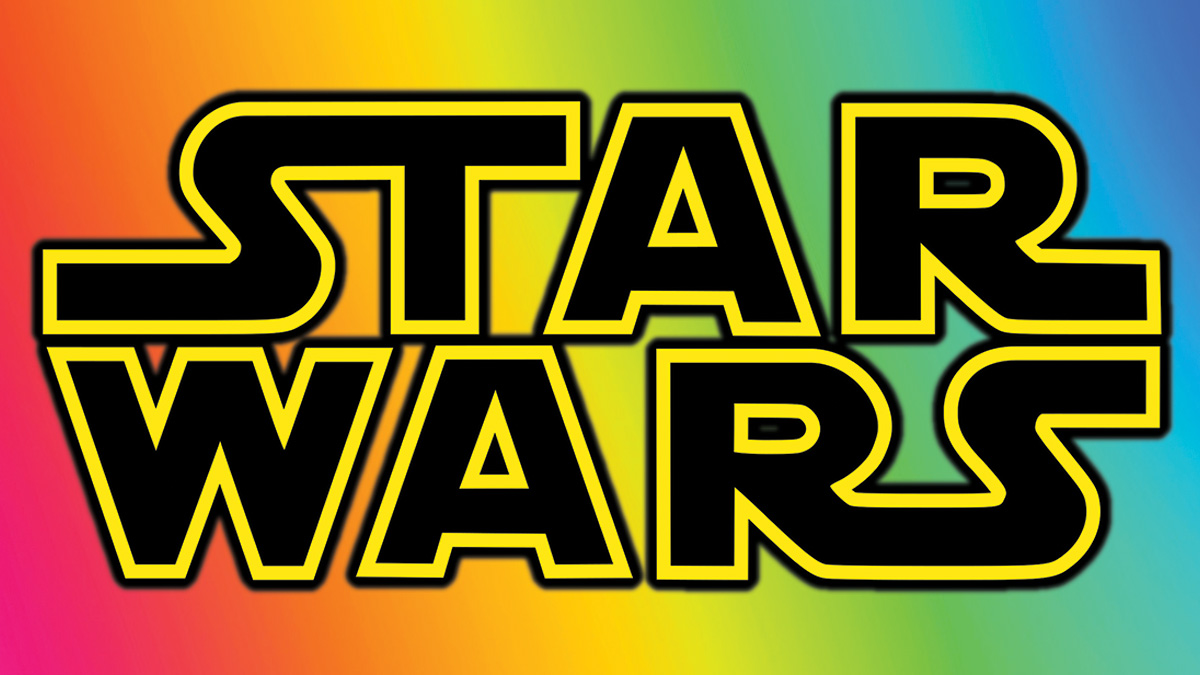
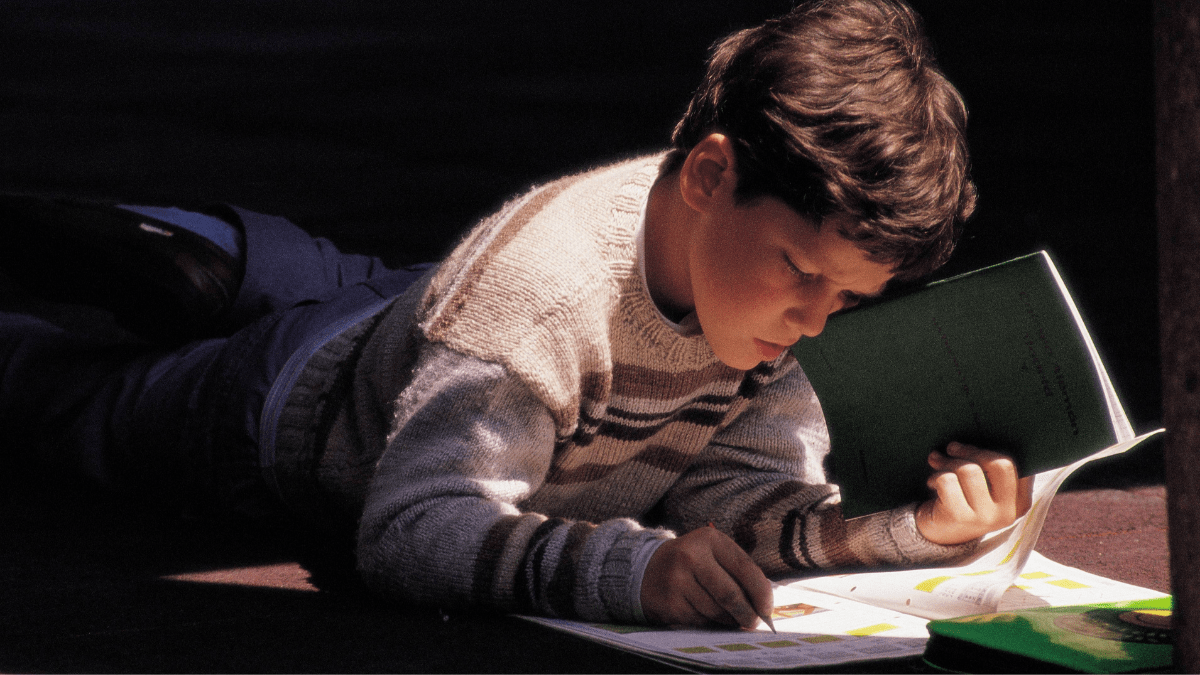
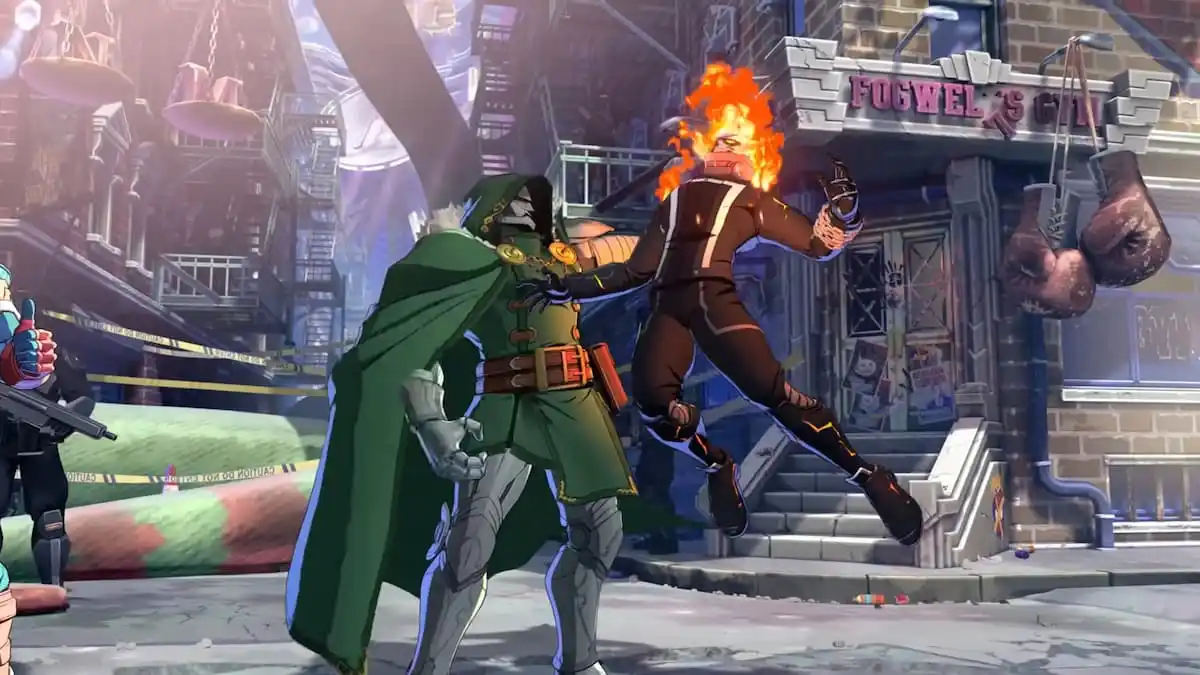
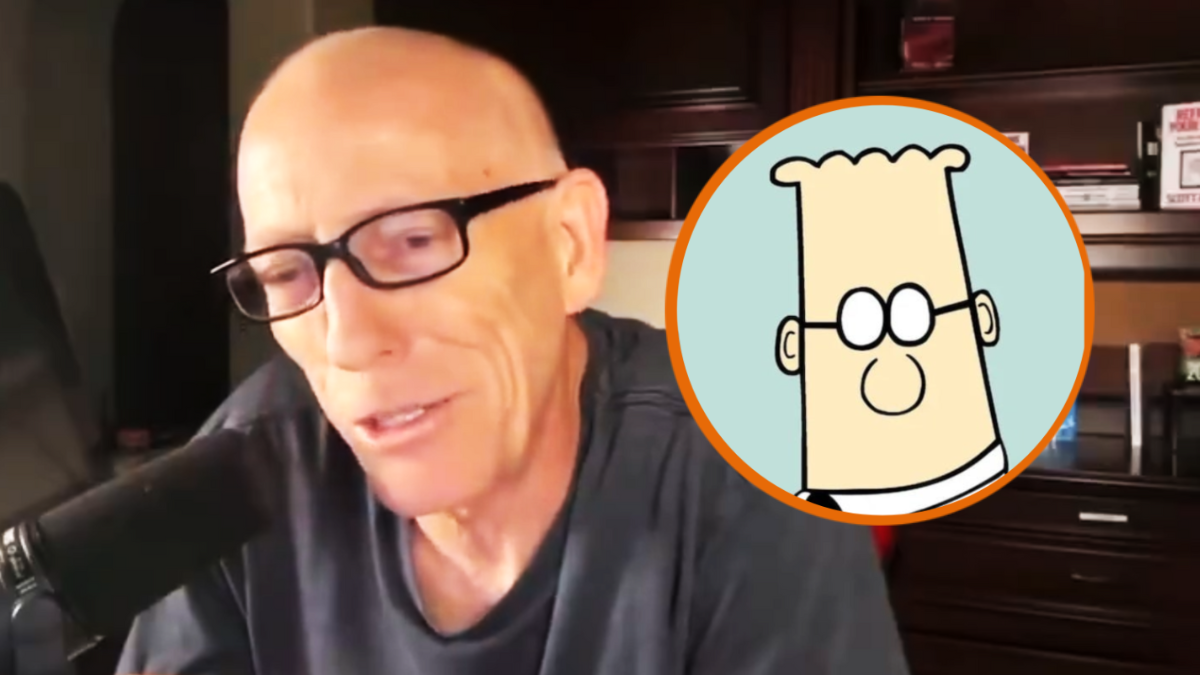

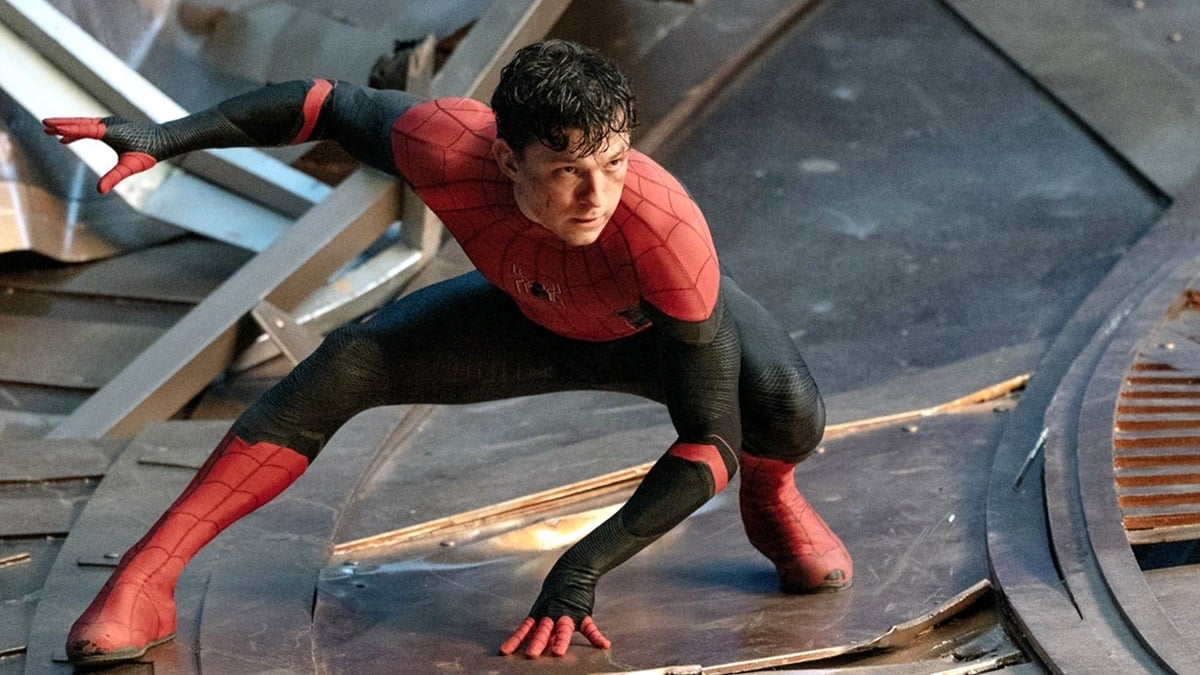
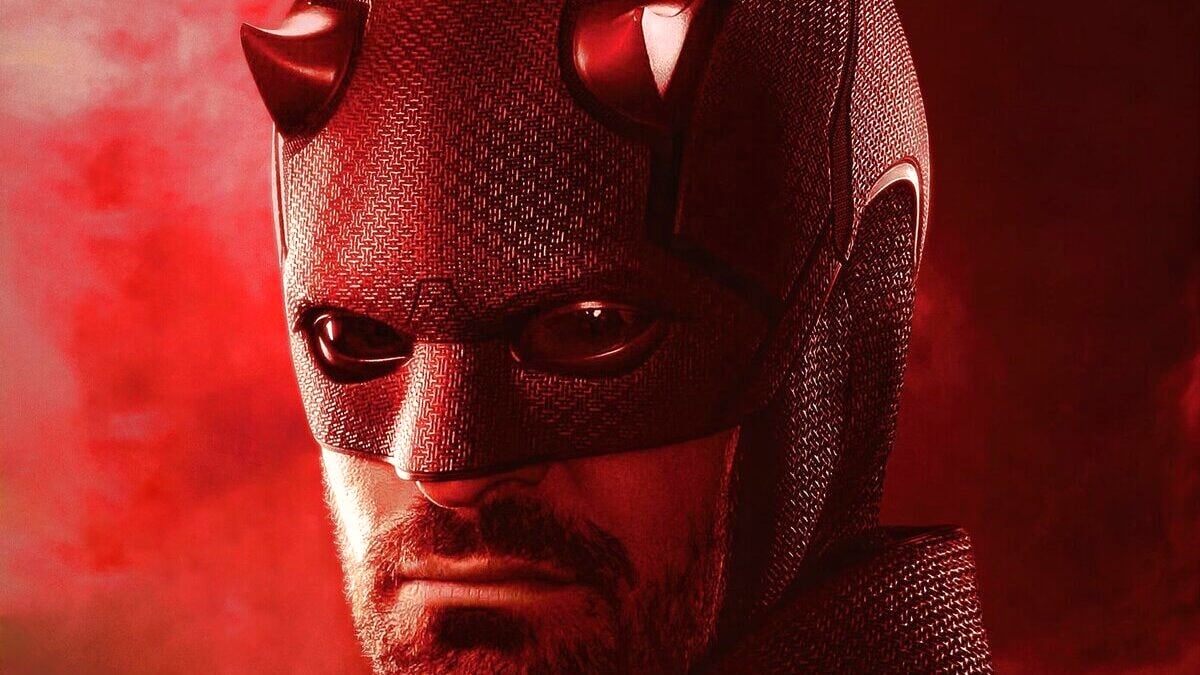
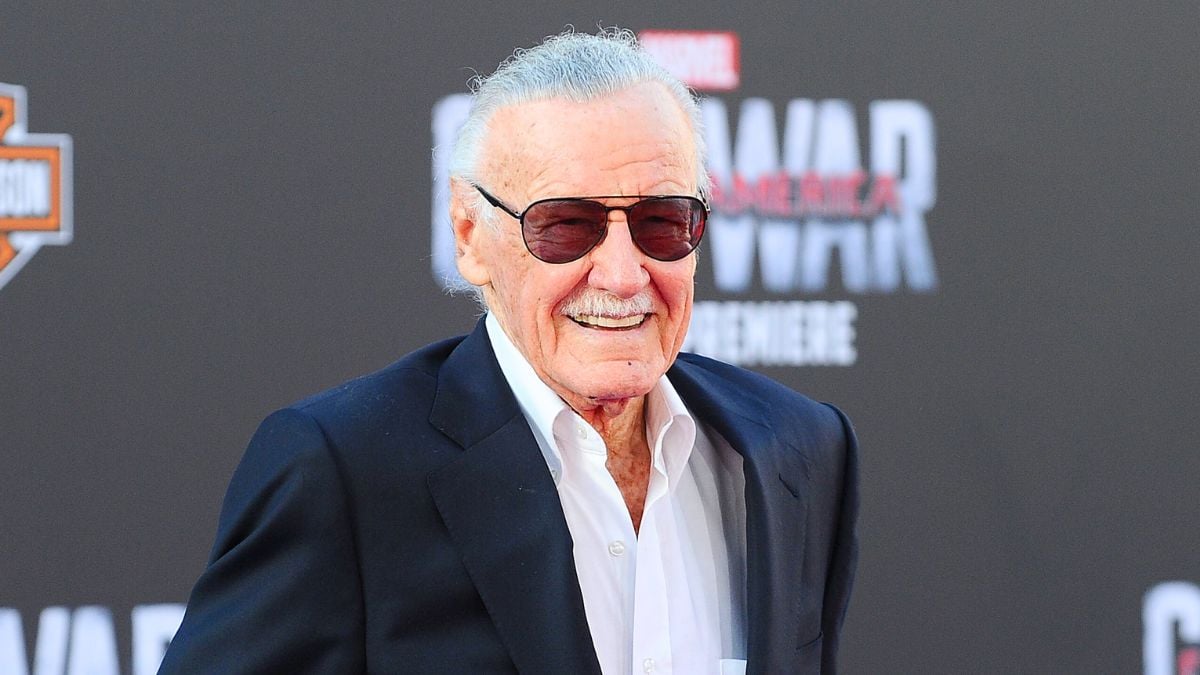
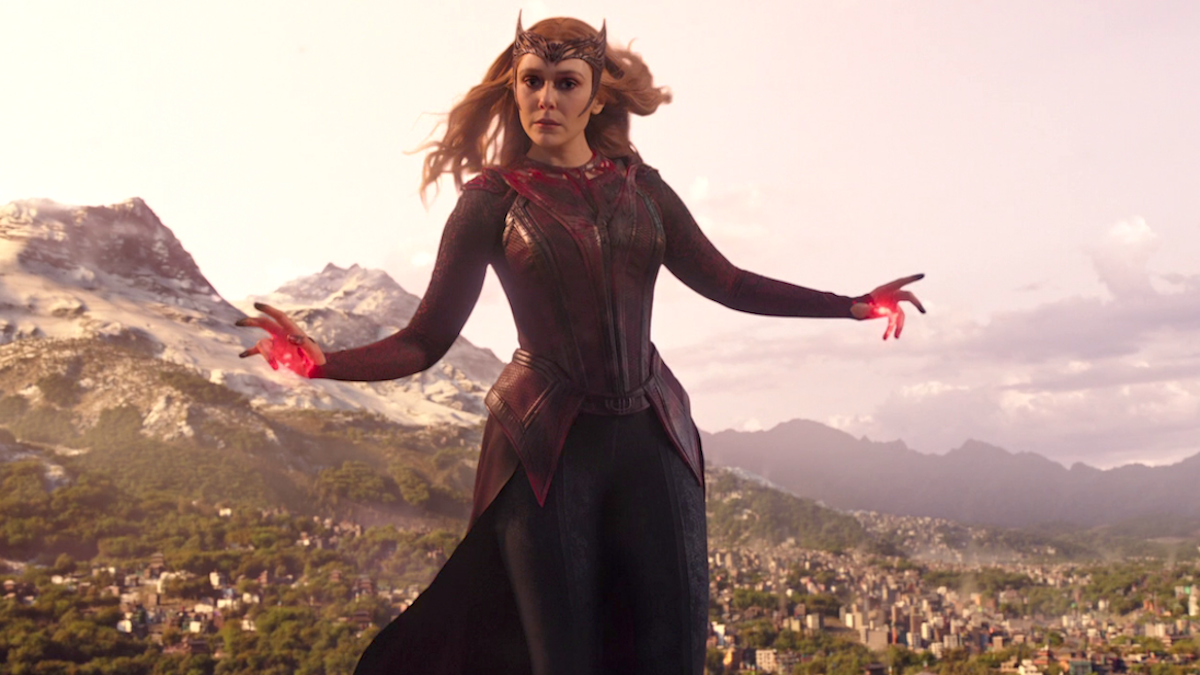

Published: Feb 10, 2023 05:25 pm